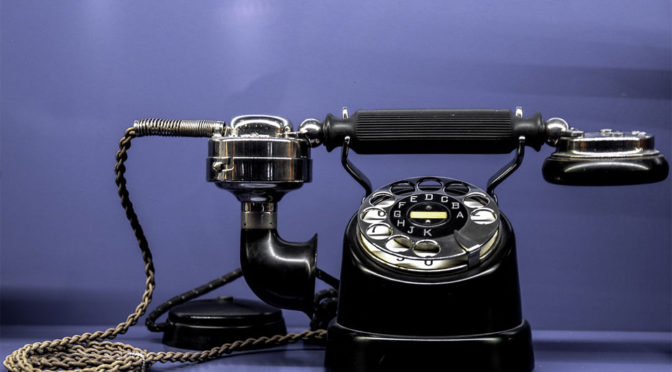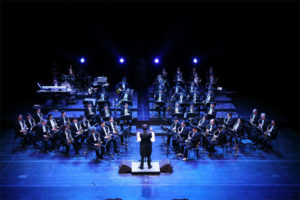You are a union musician, an AFM member. You don’t play for the door. You don’t “pay to play.” You’re a professional. You want to get scale and above. The problem that many musicians come up against is non-union indie musicians and groups who want to play for exposure, play for tips, or play so they can sell CDs and merch. How do you react when someone beats you into the ground over price? Here are some things you might want to consider when that club, theater, private party, or corporate event says: “You charge how much?” or “Can you do it for less?”
1) What is your “added value”? What sets you apart?
Try to differentiate your act from the others. Do you stand out in a particular niche? Do you have state-of-the-art equipment? Maybe you have a high tech sound system and light system. Or is there something else you can provide? Does your set list include numbers that really sync with the venue? Does your client know how much value you bring, beyond your performance? Make sure they’re aware.
2) Do you have a significant following?
Do you stay in touch with hundreds or thousands of fans, through Facebook, Twitter, and other social media? Do you post your gigs to an online calendar or send out an email blast to let fans know where you will be next? If you are booking a club date, let whoever is booking you know that you will help get the word out so you’ll have a good crowd. Make sure to emphasize what you can do for your client.
3) Do you have credible testimonials about similar gigs that you have played?
Can you provide success stories that can support what you charge, so you seem like a bargain for what you offer? Do you have testimonials in print and on your website you can instantly provide? Don’t hide your light under a bushel. It’s not bragging if it’s a fact.
4) Have you played other bigger venues with great success?
Does your client know your background? Tell them about any performances you’ve done on television or radio. Likewise, tell them about recordings you’ve made, other concerts, festivals, theaters, and major venues you’ve played. Make sure your website and press kit highlight how you stand out and that you are definitely worth what you charge. You are your own best PR specialist. Capitalize on that.
5) Is your talent and expertise known to prospective clients?
You’re a professional. Again, let people know. With you, playing music is a living not a hobby. People wouldn’t go to a discount heart surgeon or a cut-rate doctor. You wouldn’t want a part-time dentist who is also a trash hauler. Stand up for yourself in a way that shows you are worth your price.
Another tip: when someone tries to get you to play for less, let them talk. Find out their real objections. And here’s the kicker: When you quote someone a price and they say, “Is that the best you can do?” There is only one answer: “Yes.” After you say, “yes,” just wait. Don’t immediately starting hacking your price just to get the gig. Many times your client will just say “okay.” You can always negotiate later.
You know your value. You’re not just starting out. You have experience. You have talent. You’re a union musician. You’re worth what you charge.












